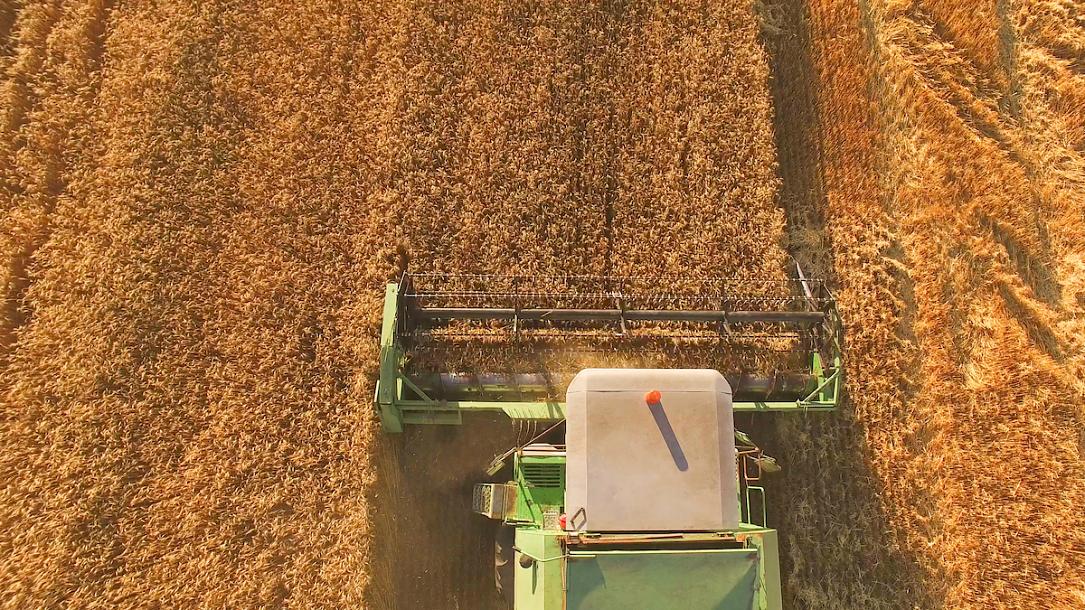USDA forecasts better grain crops in Romania this year

Romania's grain production in the 2023/24 marketing year (this year's crops) is likely to be better compared to the previous year due to improved acreage and yields, according to the latest forecast from the US Department of Agriculture (USDA).
Quality could be affected, however, especially in the case of productions in the west of the country.
In Romania and Bulgaria, below-average temperatures in late spring slowed the final stages of winter crop development and delayed spring sowing, while many areas were affected by storms or heavy rains, events that impacted crops negatively, according to the latest forecast from the US Department of Agriculture.
In addition, farmers used less fertilizer, and the incidence of pests was high, which will affect the quality of production, especially in the western areas of these two countries.
Romania will remain, according to forecasts, the fourth largest cereal producer in the EU, after France, Germany, Poland, with a total production estimated at about 22-23mn tonnes.
In 2022, the total production of cereals grains for consumption and seeds was 19.2mn tonnes.
For wheat, USDA estimates average yields for the main EU producing countries, namely France, Germany, Romania, Bulgaria and Hungary, but significantly higher than those obtained in the 2022/23 marketing year. "However, a certain lack of rainfall during the sowing period in Romania slightly reduced the yield potential."
(Photo: Denys Kovtun/ Dreamstime)
iulian@romania-insider.com
















